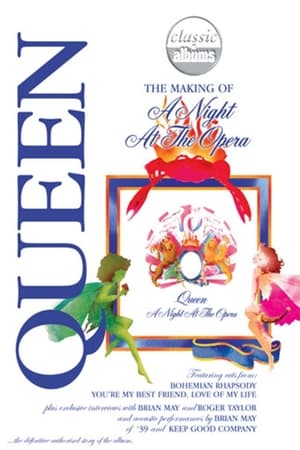

Some interesting classical influences also present. While the quality, not overdone, straight ahead rock is still a major factor, good use is also made of folky melodies, fine harmony vocals (both with musical backup and a cappella) and some good soft rock. Queen is back with a much more versatile set than any of the British heavy rockers' previous three efforts. Coupled with good songs, Queen's obviously the strongest contender in this field. But what sets them apart is their selection of unlikely effects: acoustic piano, harp, acapella vocals, no synthesizers. Like all heavy-metal groups, Queen's most easily distinguished trait is a knack for manipulating dynamics. Throughout the record, the group makes the most effective use of vocal rounds, choruses and harmonies in the heavy-rock genre since Argent's Ring of Hands. On "The Prophet's Song," the best track, May's powerful guitar perfectly complements the rich, multi-tracked harmonies of lead singer Freddie Mercury. Guitarist Brian May's "'39" is his best attempt yet at Paul McCartney-style crooning, but it's on side two that the vocals really take command. They have the ability to write first-rate pop/rock songs. But ultimately, the group's willingness to experiment, even when they fail, makes them interesting. In addition, the imagination that inspired the slick ragtime jazz (with vaudeville overtones) of Sheer Heart Attack's "Bring Back That Leroy Brown" becomes obsessive on A Night at the Opera, where the same stylistic idea is reworked into three songs. But the group has some annoying weaknesses, notably a tendency toward lyrical abstraction. In less than three years, with four albums, Queen has risen from the heavy-metal minor leagues to a position approaching that of Led Zeppelin and Deep Purple.


 0 kommentar(er)
0 kommentar(er)
